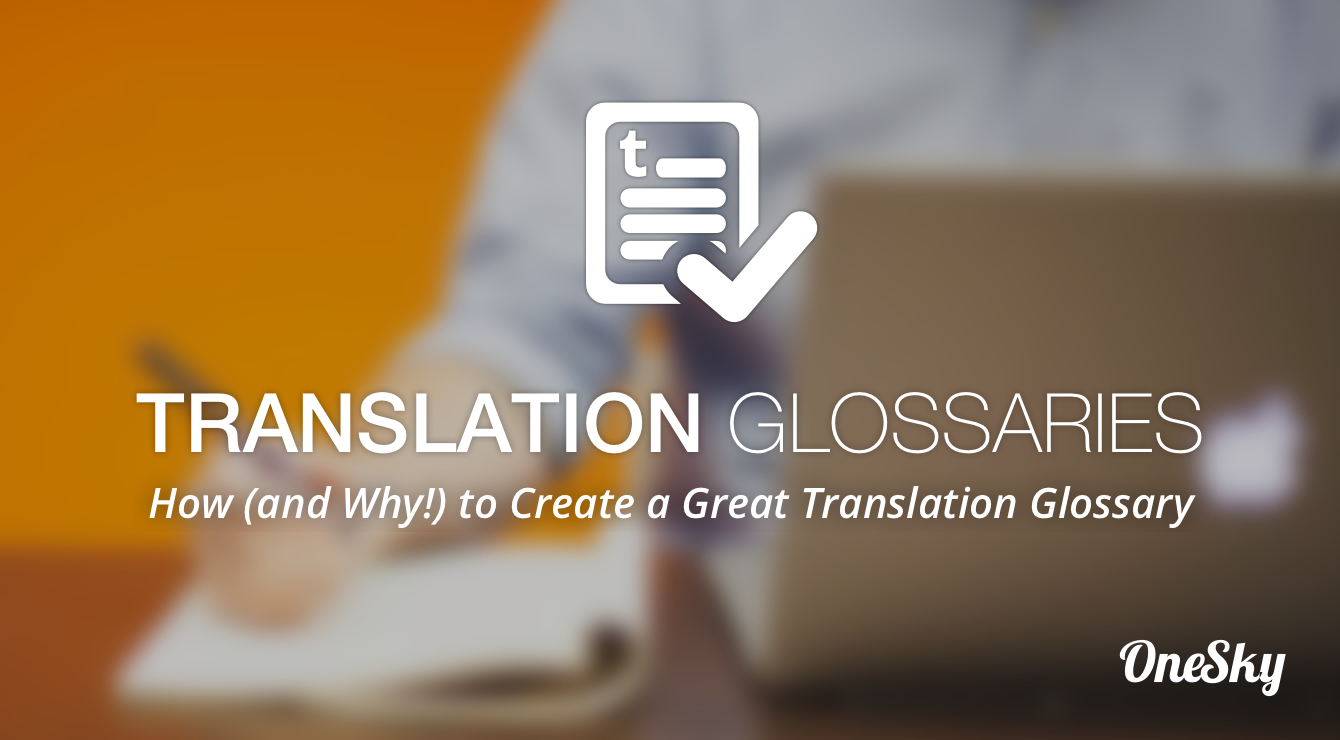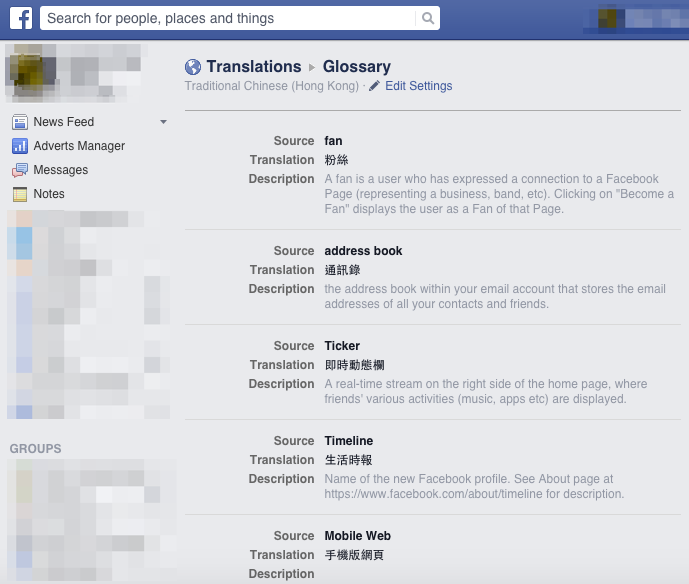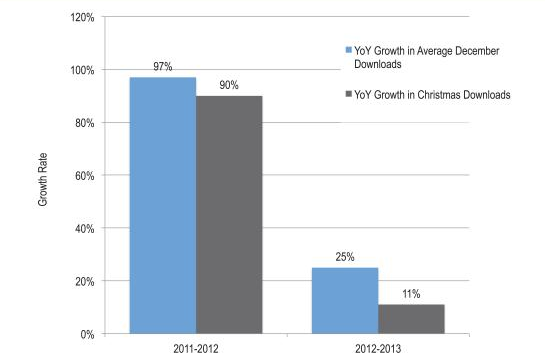
Keeping user experience consistent
In any kind of writing, you need a consistent style, voice, and vocabulary. For example, I’m writing this blog post in a form of casual 21st century American English. If, in the midst of these labors, I did exchange one tongue for another, and commenced to write as did the people of Shakespeare’s time, it would be passing strange, forsooth.
See? That’s totally confusing. And it’s the reason that a translation glossary matters: because your translators need to know which kind of words to use, and which to avoid. They need to keep language consistent across the app. And they need to know which terms have unique usages in the context of your app.
In many languages, that matters a lot. In Japanese, for example, the word “cancel” has multiple translations (キャンセル or 取消). If the word “cancel” matters in your app (say, it’s on a button), translators need to know which version the word to use, and they need to stick to that version throughout. Brand specific terms, especially, need to stay consistent.
A good translation glossary will get you a clear, consistent translations. In this post, we’ll show you how to put one together.
What exactly is a translation glossary?
At its core, a translation glossary is a collection of the key terms in your source language. If you don’t want to translate those terms (for example, Apple computer may prefer to leave the words “iPhone” and “iTunes” untranslated), the glossary will specify that they remain untranslated. If you do want those key terms translated, it will list the approved translations for that term in all of your target languages.
Four reasons you should use a translation glossary
1. Keep translations consistent
A good glossary makes for a consistent translation, and a consistent translation makes for a better user experience. A key term won’t change halfway through a gaming app; the terminology in the help section will match the terms used in the actual app.
2. Ensure that your brand is protected
Companies live and die on the quality of their brands. If users in other countries can’t identify the key terms that define your brand (because, say, the translator has rendered one of them three different ways), you’ll be in trouble. A translation glossary helps you maintain brand unity, even as you go global.
3. Speed up the translation process
When translators are confused, they have to ask questions. The process slows down. A clear glossary means that translators have fewer questions for you, which means that they work much faster.
4. Save on translation costs
By having a glossary of terms that appear frequently in your app, translators can standardize certain parts of the process. It can make the translation cheaper.
A step-by-step guide to creating a translation glossary
Ready to make your own glossary? This guide will get you started.
Step one: Identify your glossary terms
The first step, of course, is to figure out which terms you’ll actually want to include in the glossary.
So, what should I include?
Speaking generally, you’ll want to put the following kinds of terms in your glossary:
- Product/service names
- Brand-specific terminology
- Acronyms
- Standard abbreviations
- Corporate slogans
- Text for user interface buttons
- Any terms that you prefer to keep in English
- Terms that are used frequently in your content
- Company-specific jargon
Industry-specific terms are optional. If you have translators who are unfamiliar with your industry (which is not a preferable option), or if you want to have distinctive translations for these terms, then it’s a good idea to include them. Otherwise, leave them out.
While you want to have a thorough glossary, remember that more information is not always better—an overstuffed glossary will slow down translators and enhance management costs.
How can I identify glossary terms?
In the list above, some kinds of terms (such as brand names or slogans) are easy to identify. Others can be trickier to track down among all your content. To identify glossary-ready terms, you can either calculate frequencies or examine your product’s UI.
Calculating frequencies
In this method, you simply compute the number of times that individual terms appear in your product’s content. Those terms that appear more frequently are usually what you’ll want to include in your glossary.
Pro: It’s easy. You can generate a list of frequencies with a bit of simple programming
Con: You’ll need to filter some frequently used words—such as “the,” “I,” and “you”—that aren’t specifically related to your product.
Looking at the UI
With this method, you identify the terms that appear on your app’s panel, key buttons, etc., and include these in the translation glossary. These terms must be translated consistently, because these are the tabs that let users navigate your product.
Pro: This approach is oriented to user experience. You’ll identify glossary terms that the user is certain to encounter regularly in your app.
Cons: This method can be slow, because it’s user experience-oriented. It can’t really be automated.
For projects that have already been translated into another language, base your glossaries on the translated material, using either segmented files or your translation memories.
Step two: Explain the glossary terms
Once you’ve collected all your glossary terms, you’ll need to add in some explanations for your translators. In order to provide the translators with enough context, you should include the following information:
- Subject field (Which feature/area does this word belong to?)
- Part of speech (How is this word being used? As a noun? An adjective? A verb?)
- Definition (What does the word mean?)
- Usage note (How is the word used in the specific context of your app?)
For example, here’s how Facebook explains glossary terms.

Translation glossaries of Facebook
Note that Facebook is very clear about how the word will be used within the context of Facebook’s product. For example, they explain which meaning of the word “fan” is relevant here, and they explain what exactly a fan is on Facebook (as opposed to, say, a fan in a soccer stadium).
In some cases, a word may have synonyms within your app, or it may appear in a different form (i.e. with different hyphenation, or in a different tense). Make sure to note any such special cases, so that translators don’t miss out on these related terms.
Step three: Translate the glossary terms
Ask your translators to do so before they begin on the rest of their translation work. And be geographically sensitive—the translation of glossary terms into, say, Traditional Chinese in Hong Kong may be a bit different than the translation into Taiwanese Chinese. Language subgroups aren’t all identical.
Before you finalize the glossary, make sure that every translated term has been approved by an independent in-country reviewer. When disagreements arise among different reviewers, a good rule of thumb is that the most clear, self-evident translation should be used.
Step four: Manage your glossary terms
A good translation glossary is a work in progress. If you have new terms that might benefit from a glossary entry, add them. If your translators often come to you with questions about a particular word, update the glossary.
Also encourage your translators to suggest new terms to add to the glossary. That way, when you add new languages in the future, you’ll have an even better glossary ready for the translators.
Quality in, quality out
Good translation takes work. The more care you put in, the better translation you’ll get. A good glossary is a key step in creating a clear, consistent, readable translation—the type of content that makes for a truly global app.
Have any questions about writing translation glossaries? Let us know in the comments! And if you’re having any problems kickstarting an app localization project, feel free to try out our free consultation service. We’re here to help.















































